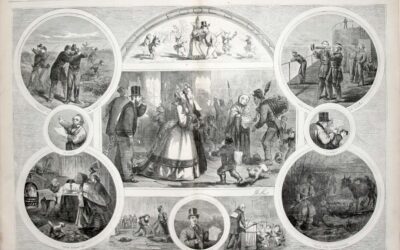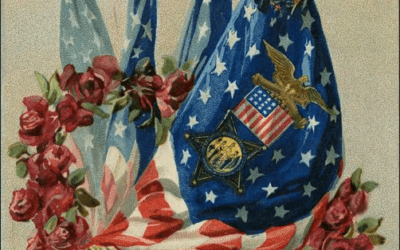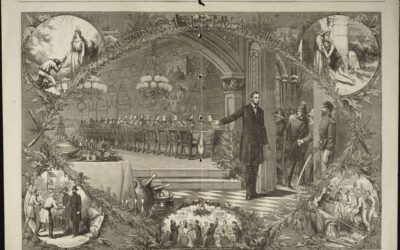There are numerous online libraries of digital archives that offer a vast array of primary sources that allow exploration and interpretation of the past. These primary sources are different however, in that they are not touched or felt but displayed on a computer screen in an electronic format (Friedman, 2005). These online libraries are often referred to as digital resource centers (DRC). According to Molebash (2002), DRCs contain various types of primary sources in digital format, such as personal letters and diaries, articles from newspapers, various types of records, photographs and images, as well as audio and video files. Digital primary sources that are available via a DRC make it possible for students to uncover details of the past while engaging in historical thinking (Tally, 1996). These libraries can have resources on a topic ranging from a single event such as the Civil War to the entire history of the United States.
Digital historical resources are usually stored within digital resource centers that promote their use on the Internet. Rosenzweig (2001), has demonstrated that both professional and amateur historians are developing these Internet collections at amazing rates. One of the most comprehensive digital resource centers is the Library of Congress’s (2003) American Memory collection which houses millions of documents within hundreds of different collections. According to The Center for Technology and Teacher Education at the University of Virginia (2004) a digital resource center is defined as Internet based academic collections that include the following elements:
- The resources have the potential of transforming university teaching and learning
- The resources can stand the test of peer review
- Each center has a connection to K-12 education
- The products are relevant for K-12 education.
Lee, Doolittle, and Hicks (2006) found that the vast majority of teachers surveyed were not familiar with either Library of Congress’ American Memory site nor the University of Virginia’s Valley of the Shadow site and had therefore never even used the sites as part of their instruction. In contrast to not using DRCs at all, Lee (2001) showed that while participants, pre-service social studies teachers, utilized a DRC for developing lessons that contained inquiry activities in which the goals was for students to reach their own conclusions by examining different documents. Some pre-service teachers did not allow students to have unrestricted access to documents about controversial or potentially inflammatory issues such as race and slavery. Rather than deny students access to these types of documents, many teachers chose to “mediate” their experiences by having them examine what were perceived to be controversial documents within a certain context or with prior warning (Lee, 2001).
2/7/11 UPDATE: Be sure to check out the Smithsonian’s History Explorer’s Resources on the Civil War
What are some of your favorite digital resource centers?
——————————————————————————-
References:
Center for Technology and Teacher Education, University of Virginia (September 2004). Digital Resource Centers. Retrieved August 8, 2006, from Digital Resource Centers Web site: http://www.teacherlink.org/content/social/digresources/
Friedman, A. (2005, May). Using digital primary sources to teach world history and world geography: Practices, promises, and provisions. Journal for the Association of History and Computing, 8, Retrieved October 2005, from http://mcel.pacificu.edu/jahc/JAHCVIII1/articles/friedman.htm#037
Lee, J. K. (2001, August ). Pre-service social studies teachers’ “reckoning” with historical
interpretations and controversy arising from the use of digital historical resources. Journal of the Association for History and Computing, 4(2), Retrieved October 2006, from http://mcel.pacificu.edu/JAHC/JAHCIV2/ARTICLES/lee/leeindex.html
Library of Congress, (2002, Sept.). Types of primary sources. Retrieved April 9, 2006, from Library of Congress Learning Page Web site: http://lcweb2.loc.gov/ammem/ndlpedu/lessons/psources/types.html
Molebash, P. (2002). Digital Resource Centers. Retrieved February 27, 2007, from Digital Historical Inquiry Project Web site: http://edweb.sdsu.edu/dhip/resources.htm
Rosenzweig, R. (2001). The road to xanadu: public and private pathways on the history web. Journal of American History, 88, 548-579.
Tally, W. (1996). Up against authentic history: Helping teachers make the most of primary source materials on-line. Electronic Learning. 16(2), 40-41.




0 Comments